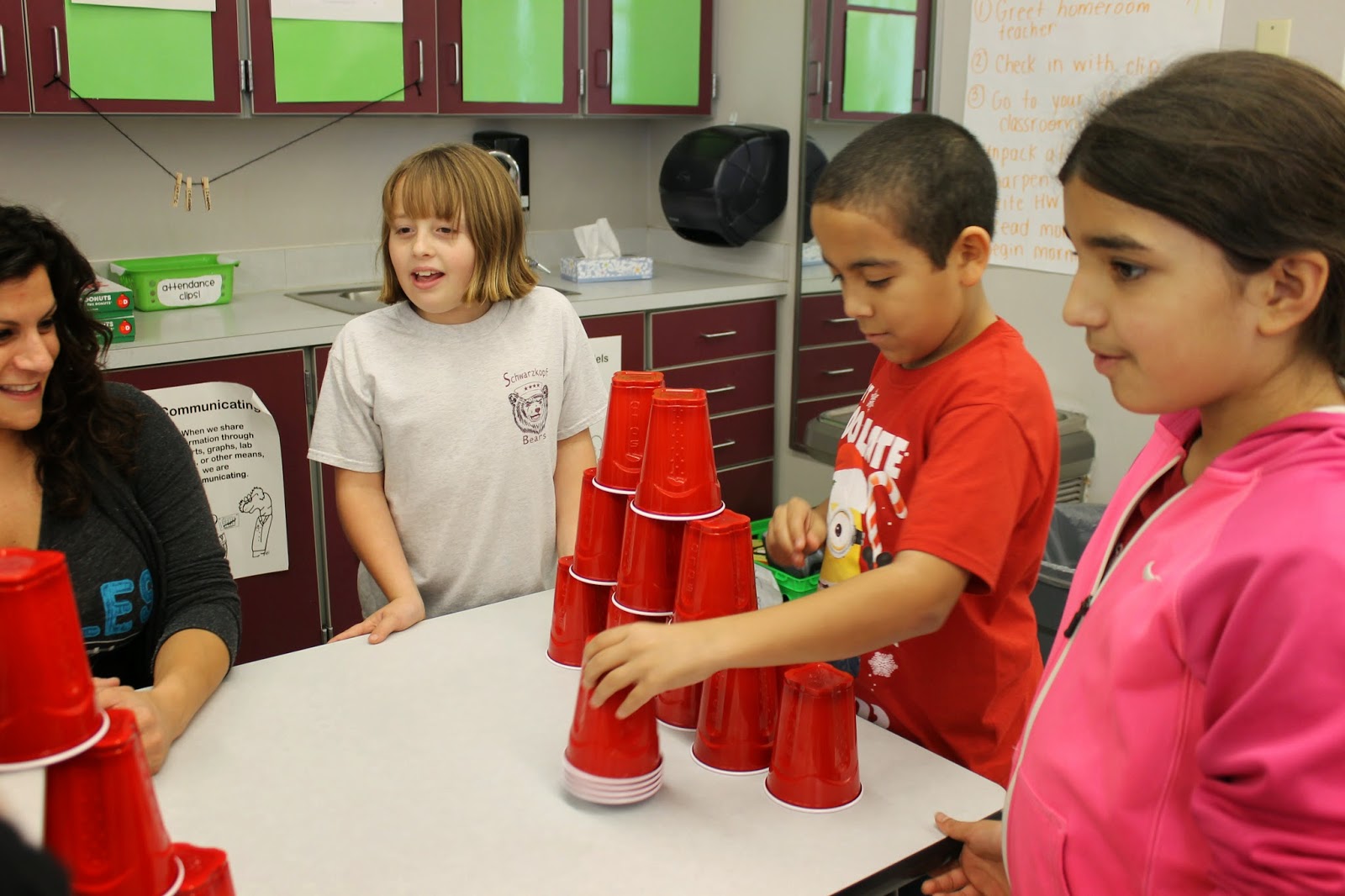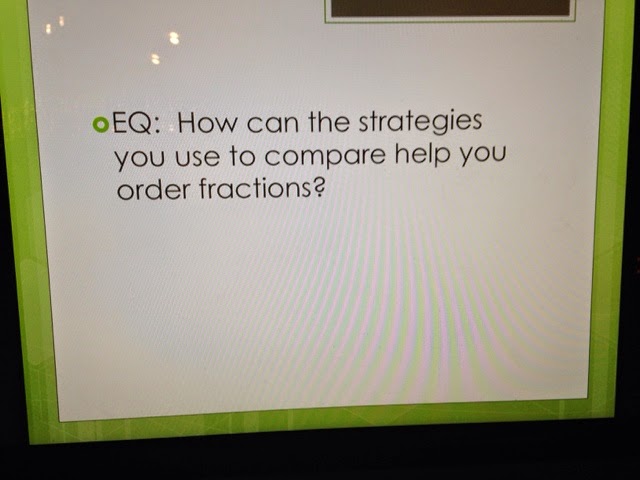The "Snowball Game" was a hit! Students had to throw the marshmallow through the wreath into the bucket!
Ornament Station-
Thank you so much to Hector and Tyler's mom for helping our students make awesome ornaments!
Silver Bells Game- This game was played like memory with hershey kisses. Students had to match the multiplication sentence with the product! Thank you to Devin's mom for running this station!
Ornament Challenge- Students had a blast with this game. They had to work as a team in pairs to slide the ornaments onto the yard stick while it balanced on a gift wrapping tube! Both of these teams did awesome! Thanks to Makenzie's dad for doing a great job running this station!
Oh' Christmas Tree Game! - Students had a great time competing in this challenge of stacking the cups into a christmas tree shape. For an extra challenge, they had to take the tree down with one hand! Thank you to Brice's mom for running this station!
Tree Treat Station! Students used ice cream cones to decorate trees! Thank you soooo much to Daisy, Sean, and Sarah's mom for helping with this station!
Gift Box Challenge!- Each student had 1 minute to get ornaments into the square using a gift box to guide the ornament! Thank you to Mrs. Reynolds for running this station!
Hanukkah Station- Thank you so much to Rachel F's mom for providing and running this station! Students loved the dreidel game, eating the latkes, and learning more about Hanukkah!
Nutcracker Game- This game was a challenge! Students had to slide the nuts onto the candy cane. Thank you to Mr. Wood for assisting with this station!
Do You Want to Draw a Snowman? Students had to draw a snowman on their head!! FUN!












































































